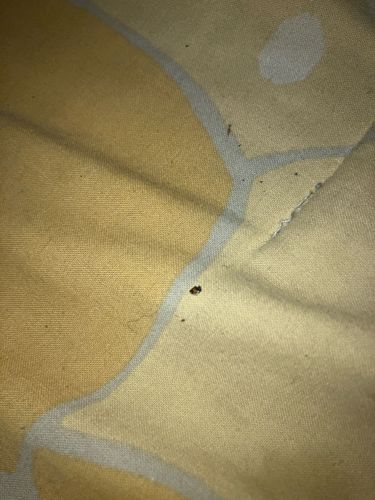Bed bug
Scientific Name: Cimex lectularius
Order & Family: Hemiptera, Cimicidae
Size: Adult bed bugs are usually 4 to 5 mm (0.16 to 0.20 inches) long, similar in size to an apple seed.

Natural Habitat
Bed bugs typically live in close proximity to humans, often found in mattresses, bed frames, headboards, and other furniture. They can also hide in cracks and crevices in walls and floors.
Diet & Feeding
Bed bugs are nocturnal parasites that feed exclusively on the blood of warm-blooded animals, primarily humans. They pierce the skin with a stylet and typically feed for 3 to 10 minutes.
Behavior Patterns
Bed bugs are most active at night and tend to hide during the day. They are attracted to carbon dioxide and warmth. They exhibit a 'traveling' or 'hitchhiking' behavior, often spreading by being carried in luggage, clothing, or furniture.
Risks & Benefits
The primary risk of bed bugs is their bites, which can cause itchy welts, skin irritation, and in some individuals, allergic reactions. While they are not known to transmit diseases, their bites can lead to secondary skin infections from scratching. There are no known benefits of bed bugs to humans or the ecosystem.
Identified on: 10/27/2025